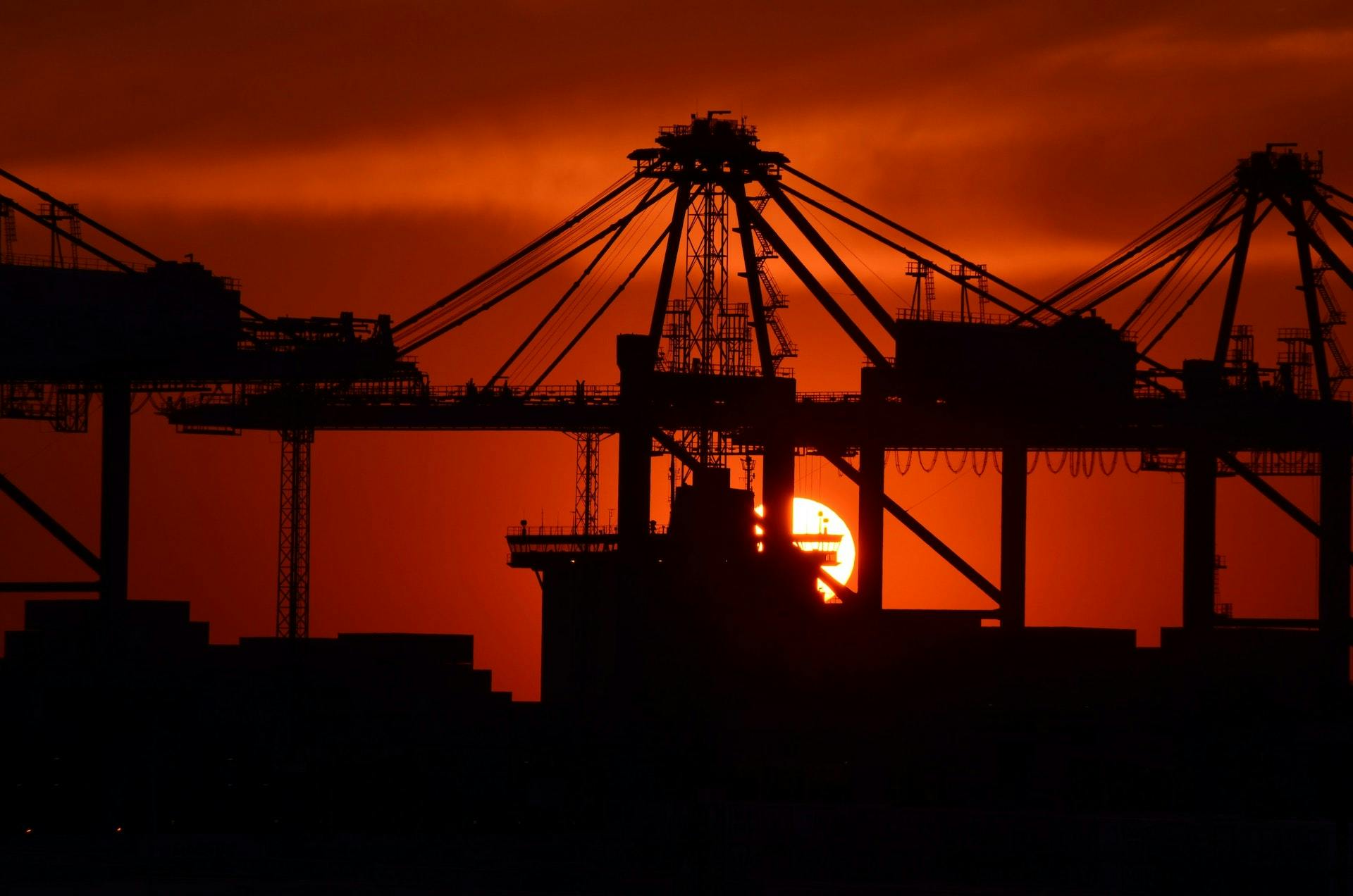Jan 14, 2026 Webinar | Global Supply Chain Architecture: Examining Red Sea’s Evolving Impact - Register Now

Brexit, COVID-19 vaccine, blank sailing announcement, the Chinese new year, low schedule reliability: Supply Chain hot news you need to know about to start 2021
The least we can say about 2020 is that it was an eventful year. 2021 seems to get off, as a manner of speaking, to a flying start. Here are some hot news to start 2021.
Brexit will continue to affect the global supply chain
The UK ports are facing more traffic and more delays due to post-Brexit border checks. As the Brexit transition ended up on December 30th, 2020, the UK signed bilateral agreements on trade and other areas of cooperation, which came with more customs checks than supply chain companies were used to, leading to more congestion at ports.
Schedule reliability on vessel will remain low due to congestion and equipment shortage
In the US, ports are facing unusually high import volumes in the 2021 first weeks driven by a high demand for household items. These volumes are likely to remain strong until Lunar New Year at least.
The port congestion in many areas of the world combined with COVID-19 related workforce constraints has led to significant delays with many vessels waiting at anchorage to berth. Those inland bottlenecks prevent empty equipment from returning to origin fast enough. As a consequence, the vessel schedule reliability is decreasing.
“Global schedule reliability dropped to 50.1 percent in November 2020, which means that for the fourth consecutive month, global schedule reliability has been the lowest across all months since Sea-Intelligence introduced the benchmark in 2011,” said Alan Murphy, CEO of Sea-Intelligence.
The 2021 Chinese new year may bring some respite on the supply chain in the coming weeks, but not for a long time
As China leads the world for manufacturing, the Chinese new year set the tone of the global supply chain for several weeks. This year, the Chinese new year, also known as Spring Festival or Lunar New Year, will fall on February 12th, 2021. The official new year holiday starts from February 11th to February 17th in 2021. It is the main holiday in the Chinese calendar. Millions of people across Asia travel back to their hometowns. Traditionally New Year activities start three weeks before Chinese New Year's Eve, especially in the rural areas, and last up to two to four weeks after the official holiday ends.
Suppliers begin to slow down or stop production a week or so before the beginning of the celebration, leading to a decrease in global export during the period. Therefore, the Chinese new year shutdowns usually result in mass demand from businesses that need to make up for the two weeks of delayed products, adding more pressure on manufacturers and carriers.
Forecast blank sailings are expected to be low but replaced by scheduling slidings and ad-hoc port omissions
According to Alan Murphy of Copenhagen-based Sea-Intelligence, carriers had only announced five blank sailings on transpacific routes and seven from Asia to Europe for the three weeks of the 2021 Chinese New Year, compared with 88 total last year and 67 in 2019.
Hapag-Lloyd CEO Rolf Habben Jansen recently shared in The Loadstar "I think what you will see in the first quarter is that every ship that is available will sail". He also predicted that shipment would still face delays due to port congestion and that he did not expect to see a lot of blankings but rather "more slidings" as vessels increasingly fell behind schedule.
Learning from 2020 year lessons to better face 2021 upcoming events
During these times of unpredictability and outbreak, organizations face the reality of the agility of their supply chains. Ensuring the resilience of the supply chain will be necessary for 2021. As the COVID-19 vaccines campaign is just beginning, the effects of 2020 will continue to affect our economy.
Getting around port delays might be impossible, but supply chain visibility software will help to measure their impacts and quickly react. Visibility and transparency are powerful tools to make smart decisions in case of odd events, from a natural disaster to unexpected demand.
Furthermore, artificial intelligence and machine learning will help organizations to build models to predict future events.
Even if a few companies are leveraging this technology now, the COVID-19 pandemic could be a bombshell and awaken the supply-chain industry to become more agile and data-driven in the coming year.